Sustainability in the Future of Online Shopping: A Greener Click
Theme chosen: Sustainability in the Future of Online Shopping. Join us as we explore how eco-conscious design, logistics, packaging, and shopper choices can turn every order into a vote for the planet—without sacrificing delight, speed, or value.
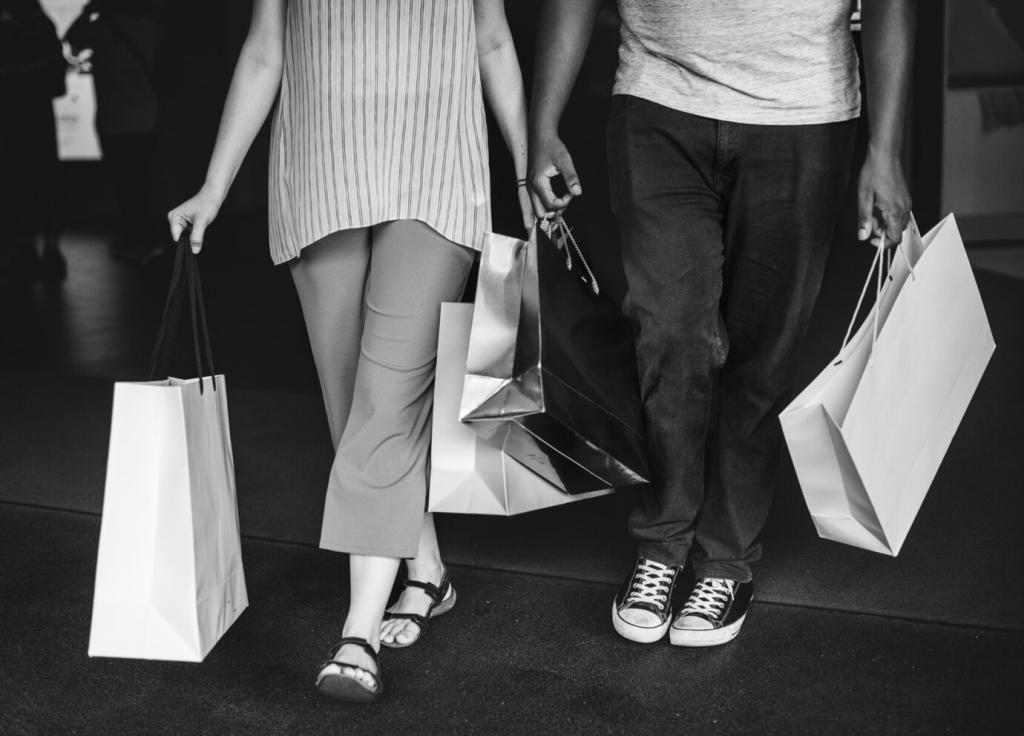
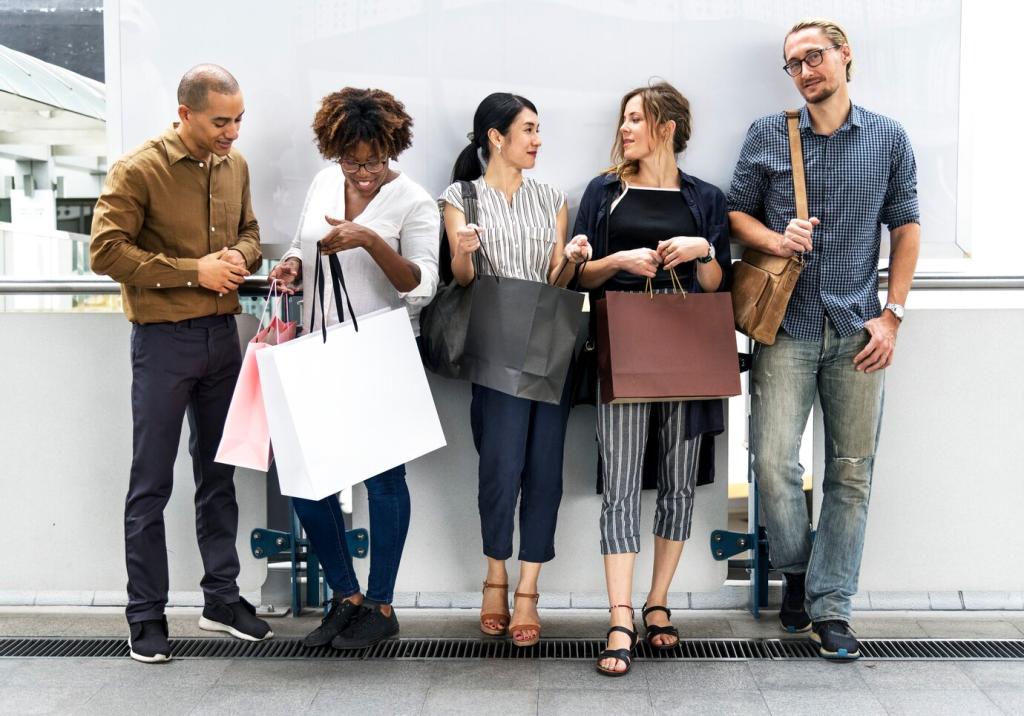
Carbon-Aware UX Patterns
Dark mode, fewer autoplay videos, and clean typography reduce energy use while improving focus. We tested a minimal checkout UI and saw faster completion times, lower bounce rates, and measurable page-weight reductions that quietly shrink digital footprints.
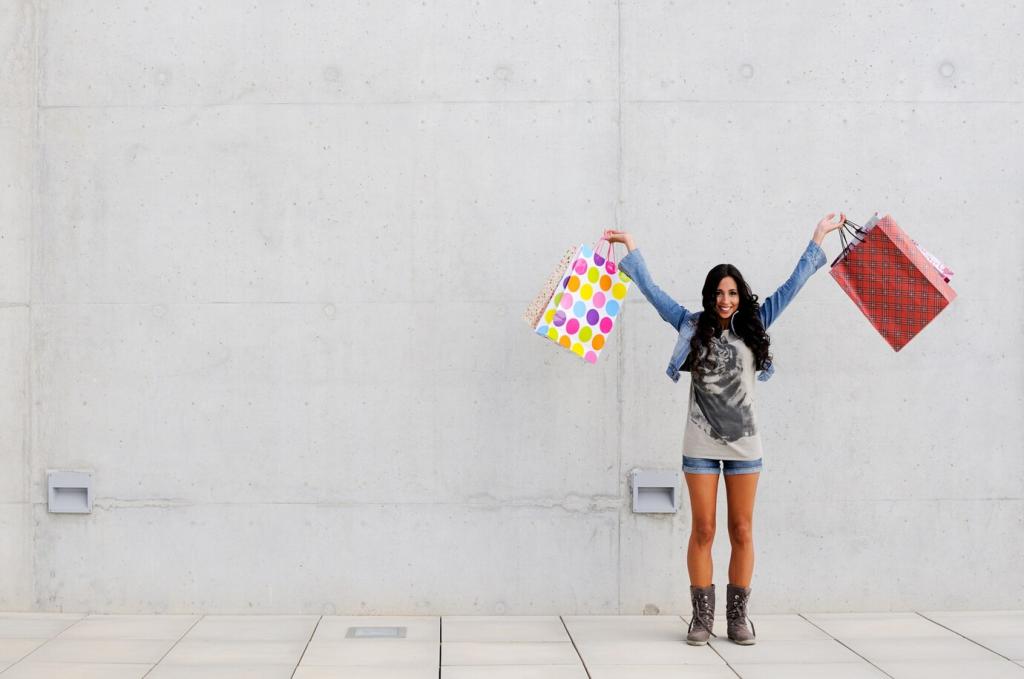
Lightweight Media, Same Big Impact
Switching to next-gen image formats, lazy loading, and adaptive quality saved megabytes per product page. Customers noticed smoother scrolling, while our analytics showed reduced data transfer and a tangible drop in hosting emissions across peak shopping periods.
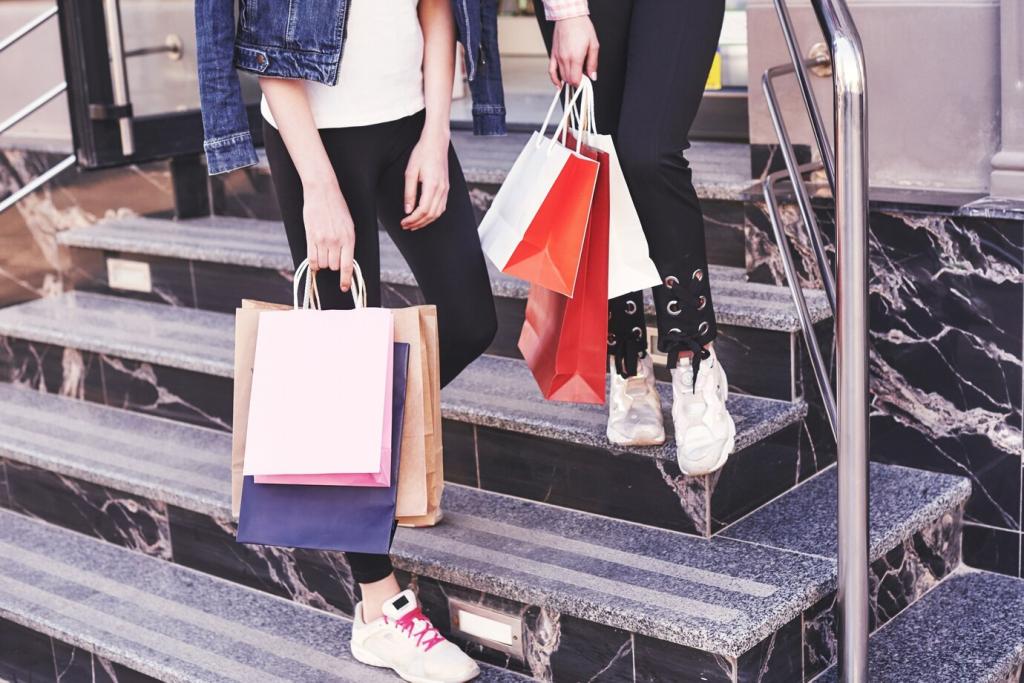
Accessibility That Saves Energy
Clear contrasts, alt text, and reduced motion settings help more people shop comfortably and cut unnecessary animations. Inclusive design here also trims CPU workload, quietly lowering device power consumption during long browsing sessions on mobile and desktop.
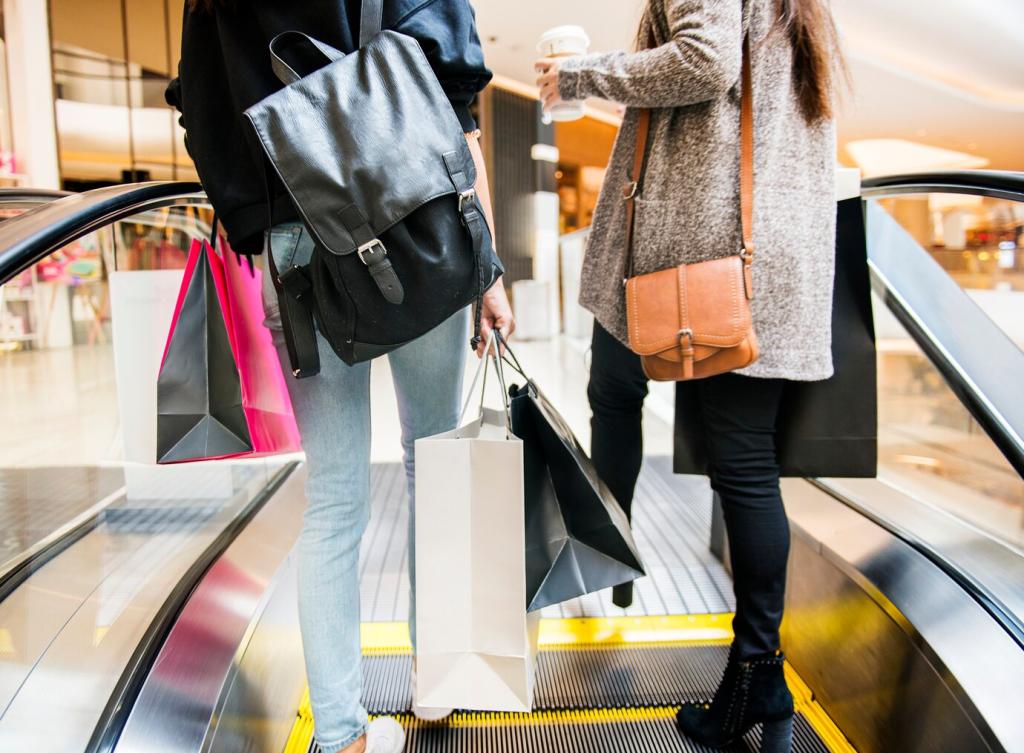

Designing for Disassembly
Simple folds, single-material mailers, and minimal inks help recycling facilities do their job. We eliminated plastic windows and mixed laminates and saw contamination complaints fall, while unboxing remained satisfying with thoughtful print cues and textures.
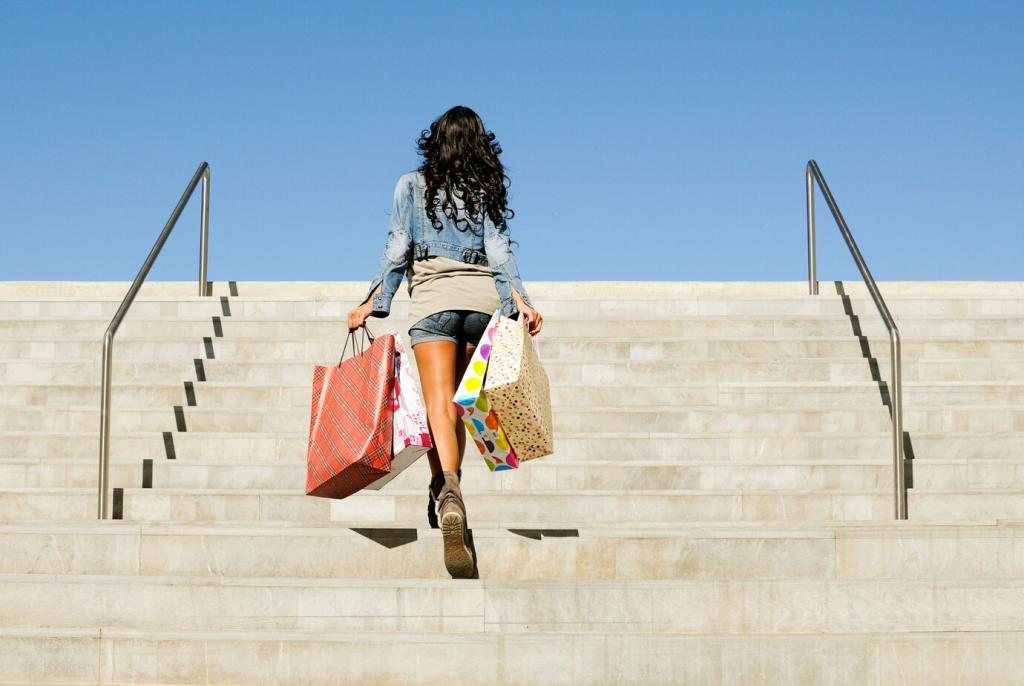
Returnable Packaging Programs
Reusable pouches and boxes circulate for multiple deliveries, tracked by QR codes. One startup achieved a five-use average within six months, beating their breakeven target and building a loyal community eager to scan, return, and brag about the loop.
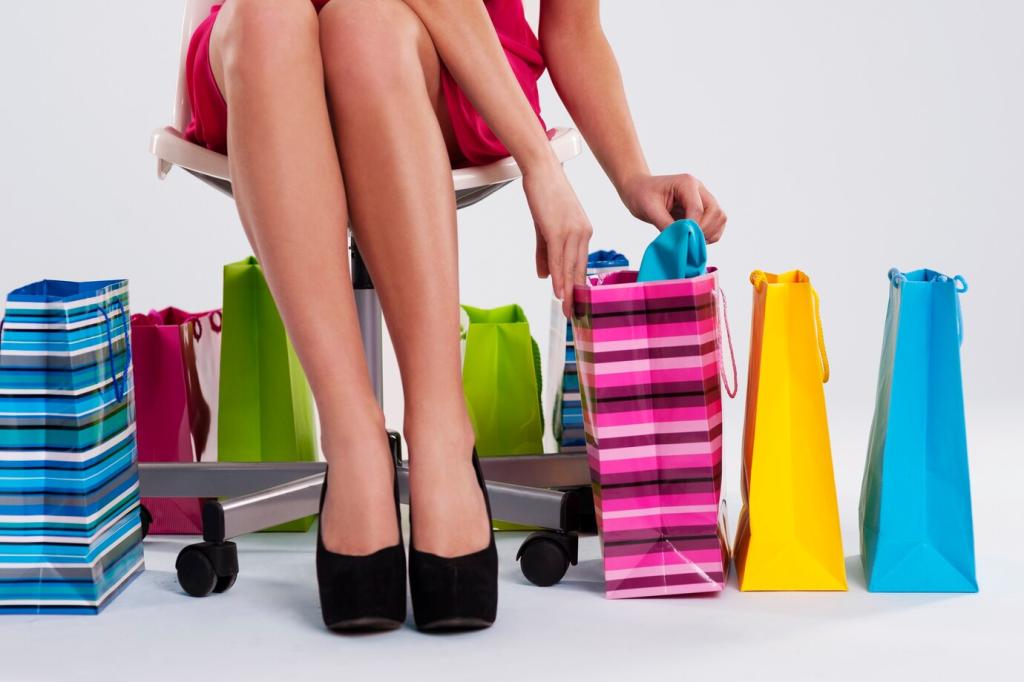
Compostables vs. Recyclables
Compostables shine for food and organics; recyclables work best for durable goods. Clear labeling avoids confusion at the bin. Including a quick disposal guide in every order reduced customer emails and kept materials flowing to the right facilities.
Transparency, Data, and Trust
01
Simple, comparable carbon labels help shoppers weigh choices. When we added lifecycle emissions next to size and color, time on page increased and returns decreased, suggesting people chose items they felt better about keeping and using longer.
02
Interactive maps, maker bios, and material origins invite curiosity. A jewelry brand’s artisan profiles drove social shares and repeat purchases, proving that transparency can be both practical evidence and an emotionally resonant narrative worth returning for.
03
Summarized LCAs translate complex science into clear trade-offs. Visuals showing hotspots—materials, transport, or use phase—help customers and teams target improvements, turning sustainability into an ongoing dialogue rather than a static claim.
Certified Refurbished Marketplaces
Warrantied second-life products win trust and affordability. One electronics seller bundled diagnostics reports with every refurbished device and saw returns drop, while customers praised the transparency and the feeling of rescuing tech from premature retirement.
Repair Journeys That Feel Premium
Guided diagnostics, parts availability, and easy appointment booking turn repair into a delight. A footwear brand’s mail-in fixes included personalized notes and care tips, transforming a scuffed sneaker into a story worth wearing again and again.
Rent, Swap, Share
Seasonal wardrobes and specialty gear thrive in rental. Transparent cleaning processes and optional insurance calmed concerns, while a swap-credit system kept items circulating among members who enjoyed novelty without the guilt of accumulating clutter.
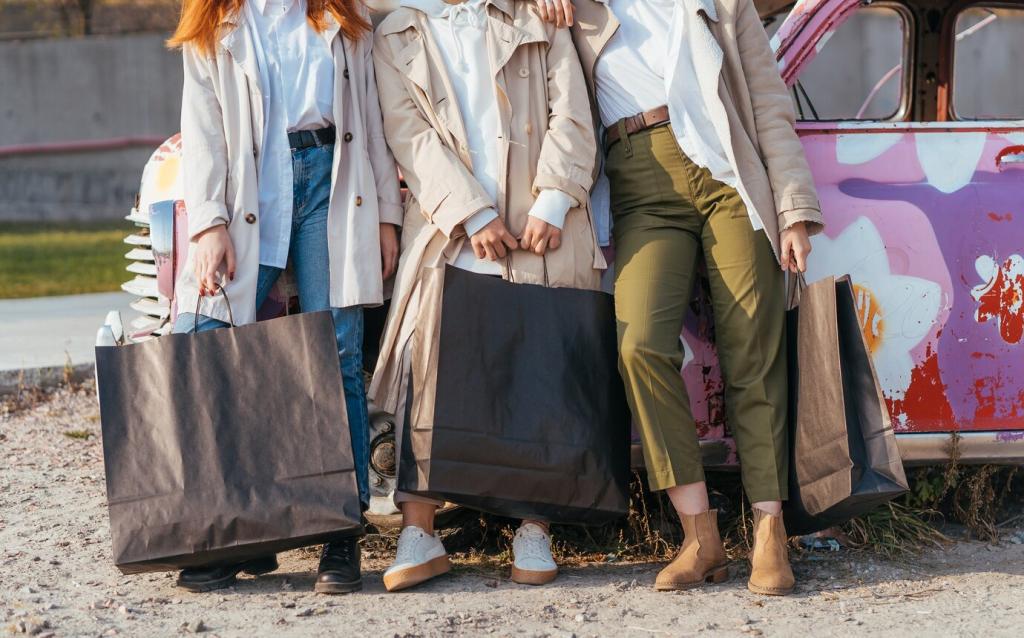
Behavioral Nudges That Empower Shoppers
Make the lowest-carbon shipping option the default and clearly explain why. People embraced it when cost and timing were fair, and the sense of agency remained intact with a visible toggle for express delivery when truly needed.
Behavioral Nudges That Empower Shoppers
Points for consolidated deliveries, reusable packaging returns, or choosing refurbished create momentum. A monthly dashboard showing trees saved and miles avoided turned abstract impact into friendly competition among friends, families, and local clubs.
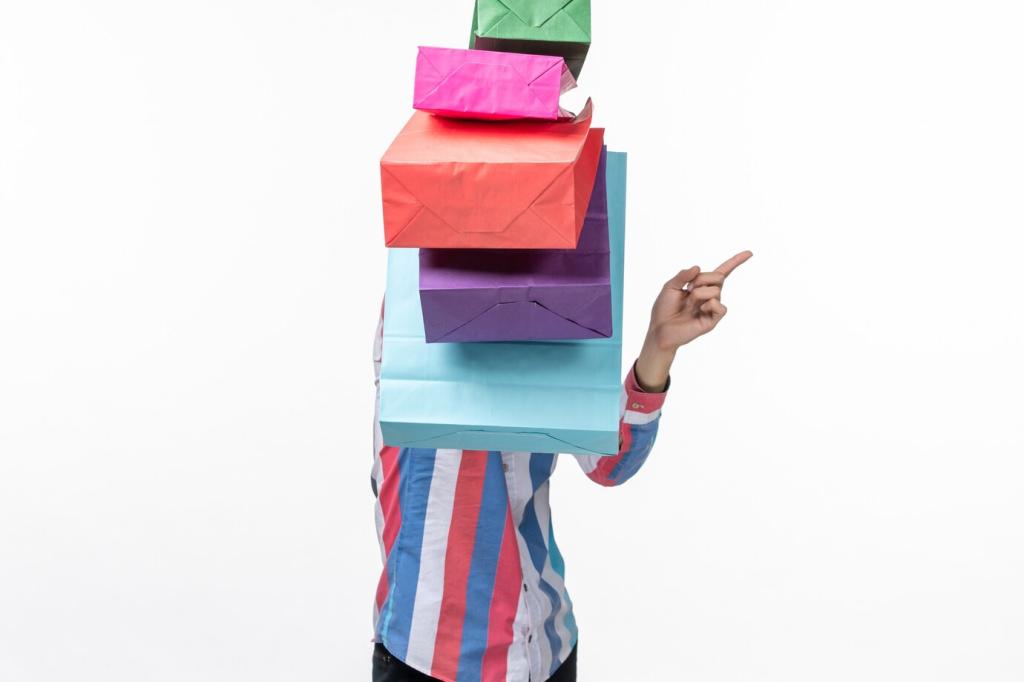
The Cardboard Avalanche
A small brand overboxed early orders and got photos of living rooms buried in packing paper. They invited those customers to co-design slimmer mailers, sent prototypes, and celebrated the redesign together—turning frustration into a proud community milestone.
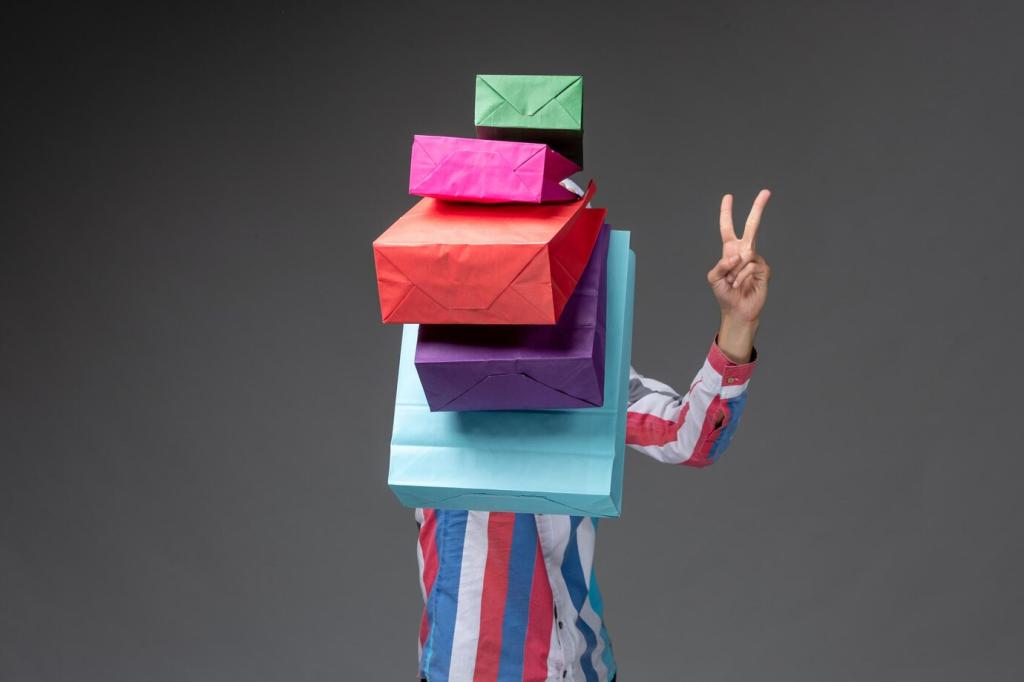
A/B Testing the Truth
We tested a carbon label plus a gentle nudge toward consolidated shipping. Conversions held steady, and post-purchase surveys showed trust rose because the brand explained trade-offs clearly and invited feedback rather than pushing a moral lecture.
